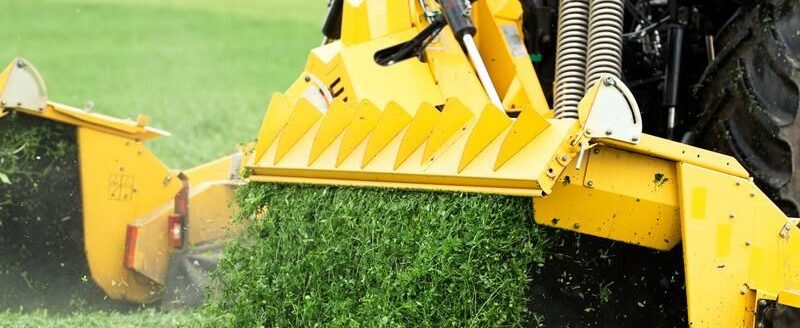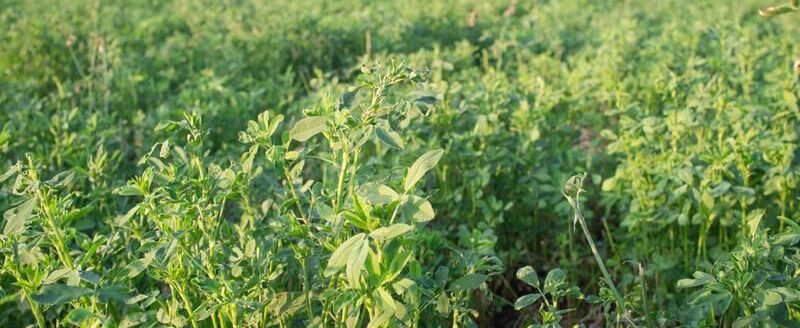Alfalfa can be successfully seeded in the spring or fall depending on field weed pressure, moisture conditions and timing. Once established, perennial alfalfa plants can complete well with weeds. However, first year stand establishment can be a challenge when moisture is limited and weed pressure is high.
If herbicide-resistant weeds are currently growing in fields, then light tillage may be needed to control these weeds while creating a firm seedbed for alfalfa drilling. Also, combining light tillage plus herbicide may be a best management seedbed preparation practice.
Since new alfalfa seedlings are susceptible to injury from many herbicides, it is critical to follow all chemical label instructions. Usually, the alfalfa will need at least two to four trifoliated leaves before herbicides are applied, and 2,4-D usage is not recommended.
Glyphosate-tolerant or Round-up Ready alfalfa varieties provide more flexibility for controlling weeds currently growing in fields. Initial glyphosate application should occur between alfalfa emergence and fourth trifoliate leaf alfalfa growth stages to remove non-glyphosate tolerant alfalfa seedlings and control weeds that are present.
The UNL “Seeding Alfalfa” NebGuide G2247 lists other steps for successfully establishing new alfalfa stands. For example, alfalfa grows best at 6.8 soil pH with a pH range from 6.5 to 7.5. Seed alfalfa between April 1 and May 15 in eastern and southern Nebraska, and sow seed between April 15 and May 15 in western and northern regions.
Target seeding depth is 1/4-inch to 1/2-inch in the fine-textured soils and ¾-inch depth in sandy soils. Seedlings placed too shallow will dry out rapidly and die due to poor roots. Seeds planted more than 1 inch deep may be unable to emerge after germinating.




